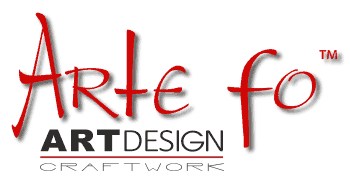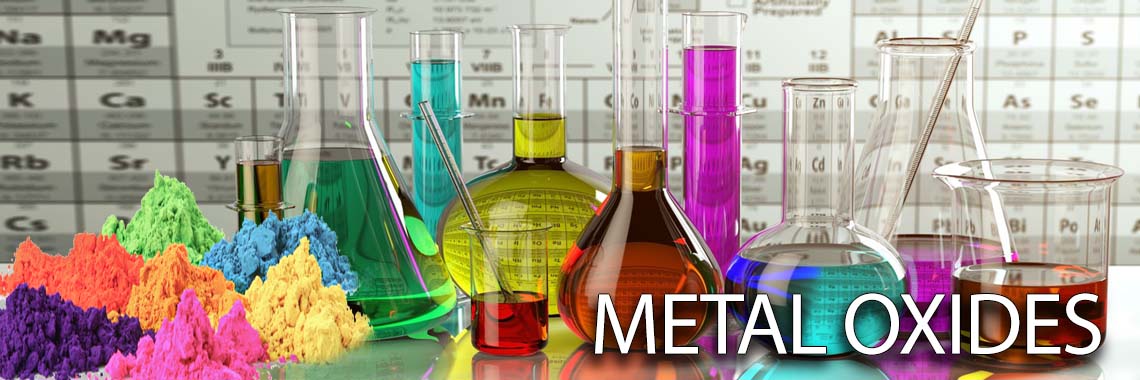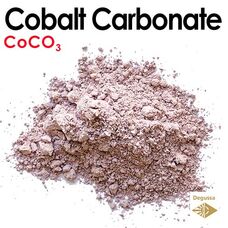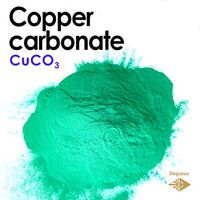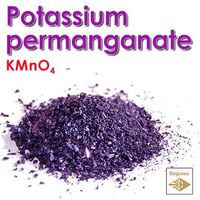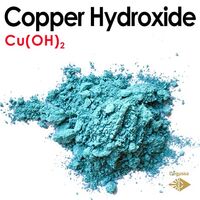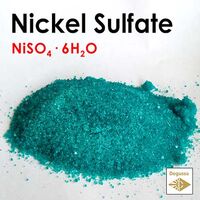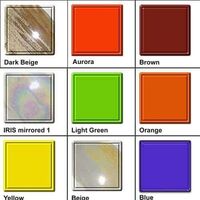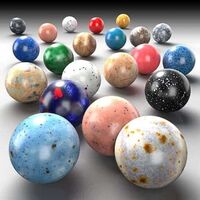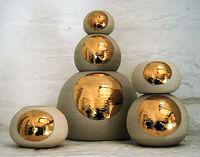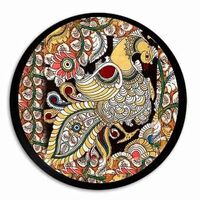Cobalt(II) carbonate - Cobaltous carbonate blue salt substitute Cobalt Oxide
CoCO3
Cobalt(II) carbonate is the inorganic compound with the formula CoCO3. This reddish paramagnetic solid is an intermediate in the hydrometallurgical purification of cobalt from its ores. It is an inorganic pigment and a precursor to catalysts. Cobalt(II) carbonate also occurs as the rare red/pink mineral spherocobaltite. Cobalt carbonate is a precursor to cobalt carbonyl and various cobalt salts. It is a component of dietary supplements since cobalt is an essential element. It is a precursor to blue pottery glazes, famously in the case of Delftware.
Delftware or Delft pottery, also known as Delft Blue (Dutch: Delfts blauw), is a general term now used for Dutch tin-glazed earthenware, a form of faience. Most of it is blue and white pottery, and the city of Delft in the Netherlands was the major centre of production, but the term covers wares with other colours, and is made elsewhere. It is also used for similar pottery, English delftware.
Delftware is one of the types of tin-glazed earthenware or faience in which a white glaze is applied, usually decorated with metal oxides, in particular the cobalt oxide that gives the usual blue, and can withstand high firing temperatures, allowing it to be applied under the glaze. It also forms part of the worldwide family of blue and white pottery, using variations of the plant-based decoration first developed in 14th-century Chinese porcelain, and in great demand in Europe.
How to use Cobalt Carbonate in the pottery
A pinkish-tan powder. It is a strong colorant and almost always produces blue in glazes (unless in very high percentages where it is black). Cobalt carbonate is an extremely active melter (even more than cobalt oxide), in a mix of 50% Ferro frit 3134, it will boil at cone 6. The carbonate form of cobalt is very fine-grained and disperses better in the glaze slurry and the glaze melt, it gives a more evenly distributed color than cobalt oxide. However, as with any carbonate, it produces gases as it decomposes and these can cause pinholes or blisters in glazes if they need to escape at the time when the glaze needs to solidify. The carbonate form contains less CoO (63% CoO vs. commercial cobalt oxide which is not actually 100% CoO but around 93%).
Formula: CoCO3
Molecular Weight: 118.941 g/mol
Form: pink crystalline powder
CAS Number: 12602-23-2
Density: 4.13 g/cm³
Synonyms: COBALT CARBONATE, Cobalt(II) carbonate, COBALTOUS CARBONATE, Carbonic acid, cobalt(2+) salt (1:1), Cobalt(II)carbonate hydrate, Carbonic acid, Sphaerocobaltite, Cobalt spar, Cobalt monocarbonate
Cobalt(II) carbonate - Cobaltous carbonate blue salt substitute Cobalt Oxide
- Brand: Degussa
- Product Code: Oxide - Cobalt Carbonate - CoCO3
- SKU: CoCO3
- Availability: 226
-
2.99€
Available Options
Related Products
CUPRIC CARBONATE - Copper(II) Carbonate - Electric Neon Green - Cooper Karbonne
CuCO3 Copper Carbonate, also Copper Oxide Green is a water-insoluble Copper source that can easily be convert..
1.19€
Potassium permanganate
KMnO4 Potassium permanganate (KMnO4) is a chemical compound consisting of potassium (K), manganese (Mn), and oxygen..
0.99€
Copper Hydroxide - Cupric hydroxide patina for ceramics - cuoh
Cu(OH)2 Copper(II) hydroxide is the hydroxide of copper with the chemical formula of Cu(OH)2. It is a pale greenish..
0.99€
Nickel Sulfate - Nickel(II) sulphate
NiSO4 Nickel sulfate, with the chemical formula NiSO4, is a chemical compound that contains nickel, sulfur, and oxy..
0.99€
Tags: oxide
